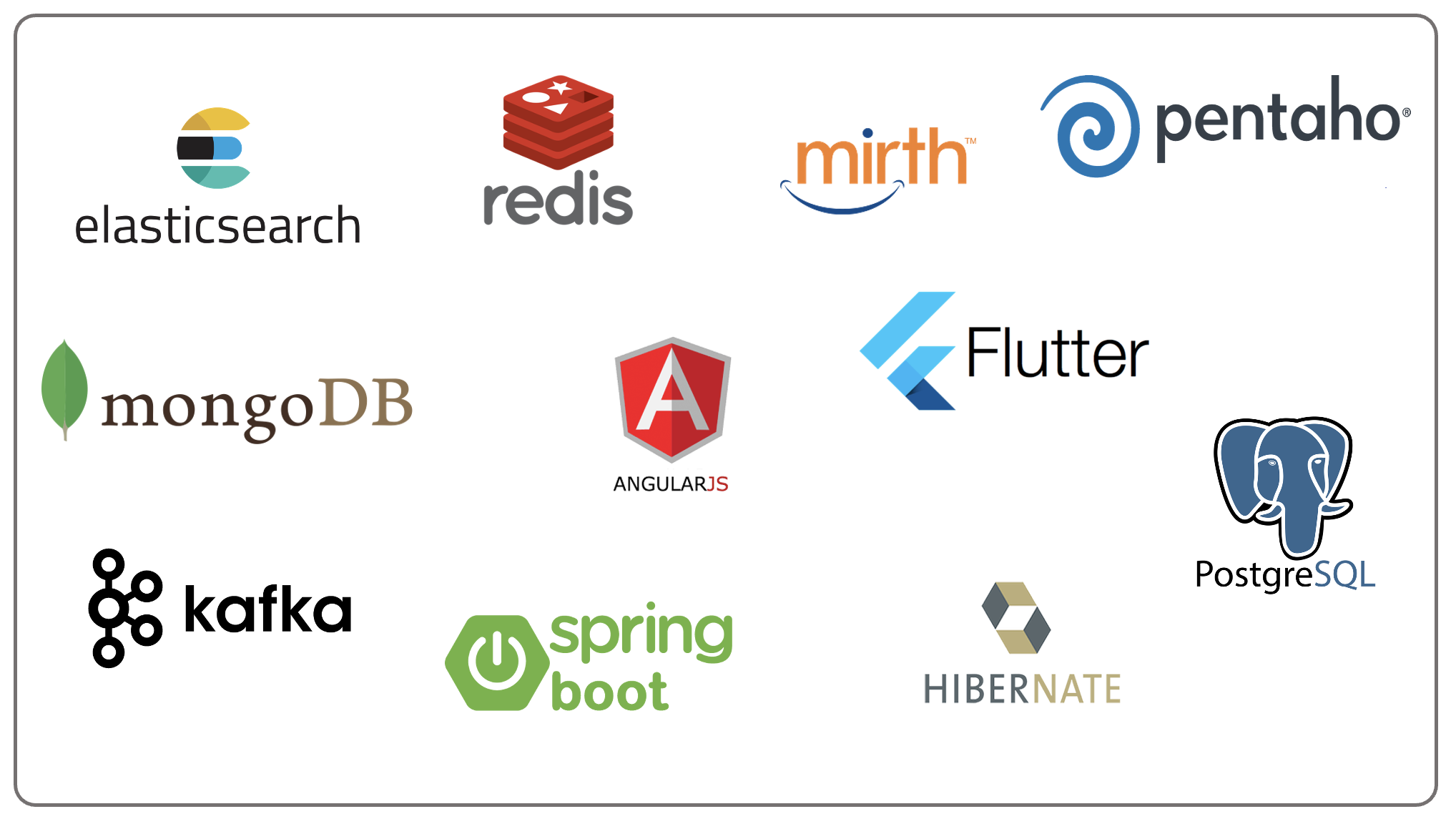athma: Tech Landscape

In the rapidly evolving world of healthcare technology, innovation takes center stage. One such groundbreaking product that has been making waves is athma. Combining a multitude of cutting-edge technologies, athma is revolutionizing the healthcare industry with its comprehensive approach to patient care and data management. In this blog, we'll delve into the intricate tech landscape of athma, exploring how each technology plays a pivotal role in enhancing patient outcomes and transforming healthcare practices
1. Spring Boot: Building a Robust Foundation
At the heart of athma lies Spring Boot, a framework that provides a sturdy foundation for developing robust and scalable applications. athma uses Spring Boot for building microservices.
2. Elasticsearch: Empowering Advanced Search and Analytics
95% of transactions are in the nature of search in healthcare, so it is essential to give the best solution for all kinds of searches to achieve the minimum possible response time. The technology selected here is Elasticsearch. This helps faster search on patient records, medical histories, services, items and all other entities.
3. Kafka: Real-time Data Streaming for Instant Insights
As per the architecture guidelines of Athma, synchronous calls are not allowed between microservices. Meaning one microservice cant directly call another microservices rest api as this will create tight coupling between microservices. The message bus is implemented in Kafka. Whenever a microservice wants to communicate to one or multiple microservices, it has to publish a message to a Kafka topic; the subscriber microservices will consume the message and process it based on the business rules
4. PostgreSQL : Data Management Excellence
Each microservice has its own database. The RDMS technology used here is PostgreSQL. Though it is a relational database, in the application, wherever possible it uses jsonb datatype as to avoid so many other relational objects or child tables
5. Redis: Enhancing Performance Through Caching
For every application screen and every transaction require lot of master data and most of these master entities are heavily used. For example, at peak hours the estimated use of value set entity is around 2000 per second same is the case of other entities like user, group, item, service etc. And these data doesn't change that often. So sending these many queries to either elasticsearch or database is not recommended as this might consume the connection/thread pool. To over come this problem another Cache layer introduced in front of elastic search. The technology that is used to implement this layer is Redis
6. Mirth: Seamless Data Integration
Mirth serves as the backbone for data integration in athma. With its capabilities for connecting disparate systems and standardizing data formats, Mirth ensures that data from various sources seamlessly flows into the athma ecosystem, contributing to a holistic patient profile.
7. Pentaho Kettle: ETL Magic for Data Transformation
Pentaho Kettle comes into play for data extraction, transformation, and loading (ETL) processes. This technology enables athma to transform raw data into meaningful insights, ensuring that healthcare providers have accurate information for making informed decisions.
8. Angular and Flutter: Crafting Intuitive User Interfaces
athma's user interfaces are designed using Angular and Flutter, catering to both web and mobile platforms. These frameworks provide a user-friendly experience, enabling healthcare professionals to interact with patient data efficiently, whether they are in a clinic or on the go.
9. Hibernate: Object-Relational Mapping (ORM) Excellence
Hibernate, an ORM framework, bridges the gap between athma's Java-based backend and relational databases. It simplifies database operations, enhancing code maintainability and reducing the complexity of data management.
Conclusion
In the ever-evolving landscape of healthcare technology, athma stands as a testament to the power of innovation and integration. By harnessing a diverse range of technologies including Spring Boot, Elasticsearch, Kafka, PostgreSQL, MongoDB, Redis, Mirth, Pentaho Kettle, Angular, Flutter, and Hibernate, athma addresses the intricate challenges of patient care and data management. This holistic approach not only enhances clinical decision-making but also empowers healthcare professionals with the tools they need to provide exceptional patient care. As athma continues to push boundaries, it serves as an inspiring example of how a comprehensive tech landscape can shape the future of healthcare
